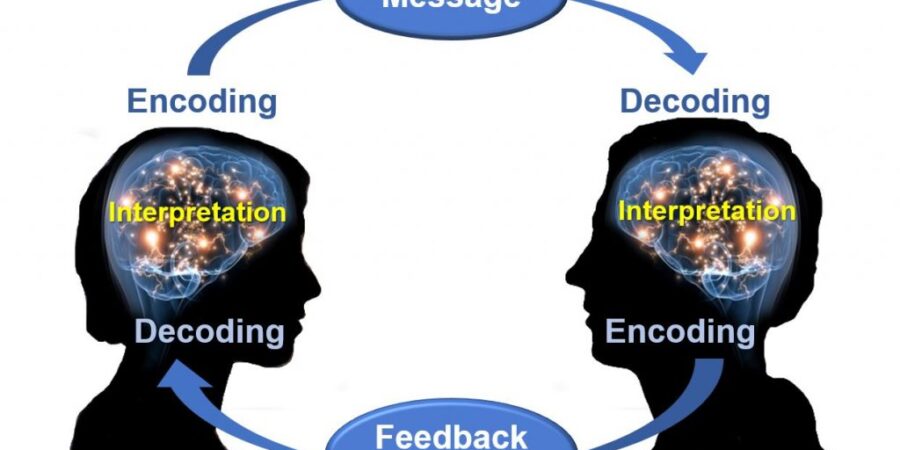Steps To Communicating Effectively as few actions that a leader may take to effectively transmit a message to ears that are more open to receiving it. Actually, these suggestions apply to communication with your children, spouse, friends, coworkers, boss, and those you lead, as well as those you lead. These guidelines apply to every type of communication, including short texts and emails, letters, speeches, and conversations. You should follow these procedures to communicate effectively:
- Examine the emotional condition of your audience. Are they content, concerned, irritated, or perplexed? What are the circumstances they’re in, as well as the mindset they’re inclined to adopt? Before you can formulate a message, you must first understand the frame of mind in which it will be received.
- Validate the emotions of your audience. Communication is most effective when it is on a personal level. Even when addressing a crowd of thousands, the best communicators keep it personal by connecting with the emotions that are present and by demonstrating empathy. On the other hand, the quickest way to block connection is to tell someone that what they are feeling is wrong.
- Express thankfulness or admiration, or at the very least, acknowledge the situation. Another aspect of the personal connection is this. People desire to be recognized and validated. This is especially true when the message contains bad news or specifies the need for remedial action.
- Explain the situation. Of course, as the communication’s author, we are aware of the context and have given the message some thought. The receiver, on the other hand, is unaware of the message’s context or reasoning. Without the basis of the background or context, even the most basic message might be lost or misconstrued.
- Send out the message. We can only expect good communication if the previous stages are set as a foundation for it. While these stages are required when sharing bad news, they make any communication easier to receive.
- Be open to receiving feedback or having a discussion. Maintaining an openness to further conversation or explanation is another aspect of making communication personal. If the communication appears to be an edict of some sort, it is frigid, and the receiver’s reaction is usually rejection. The presenter’s transparency draws the recipient into a relationship with him or her that is more accepting of the message.
FINAL NOTE:
In steps to communicating effectively, along with verbal communication, stands out as the most common mode of communication – after all, most of us will invite a teammate to chat in person rather than send them a message. In accordance with that, strengthening your writing skills is an important step on the way to efficient team communication.






Leave a Reply